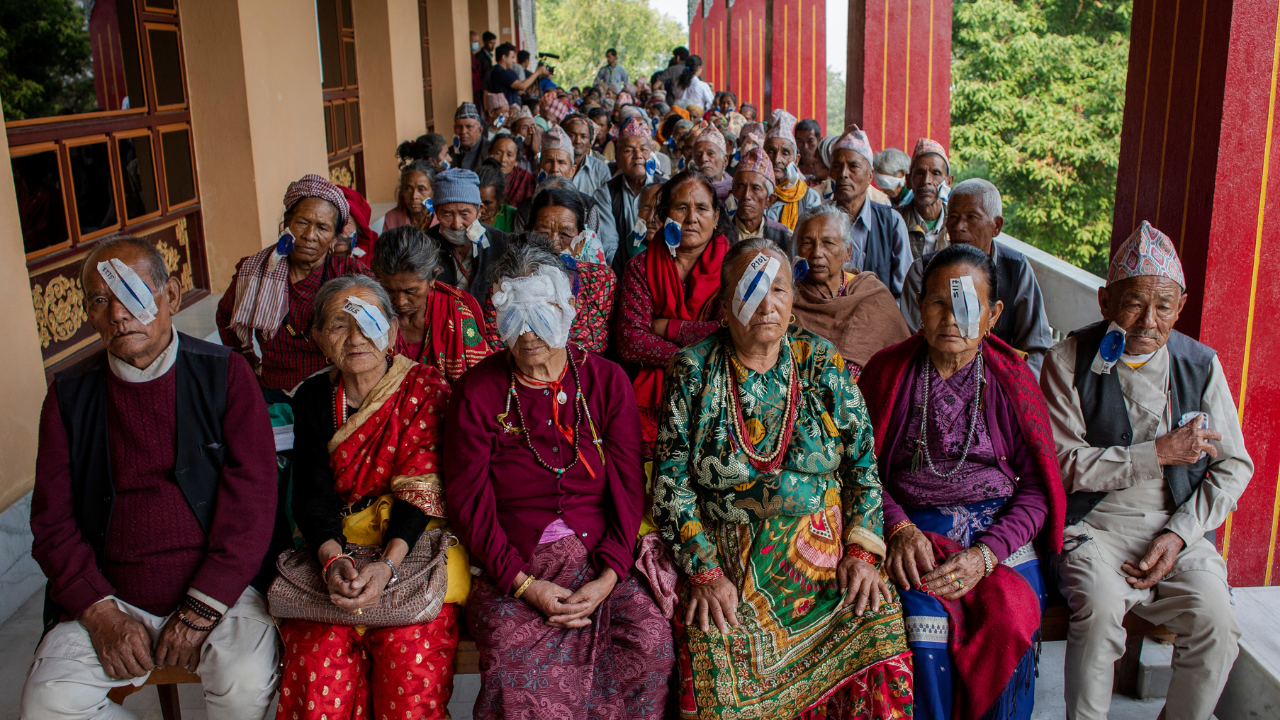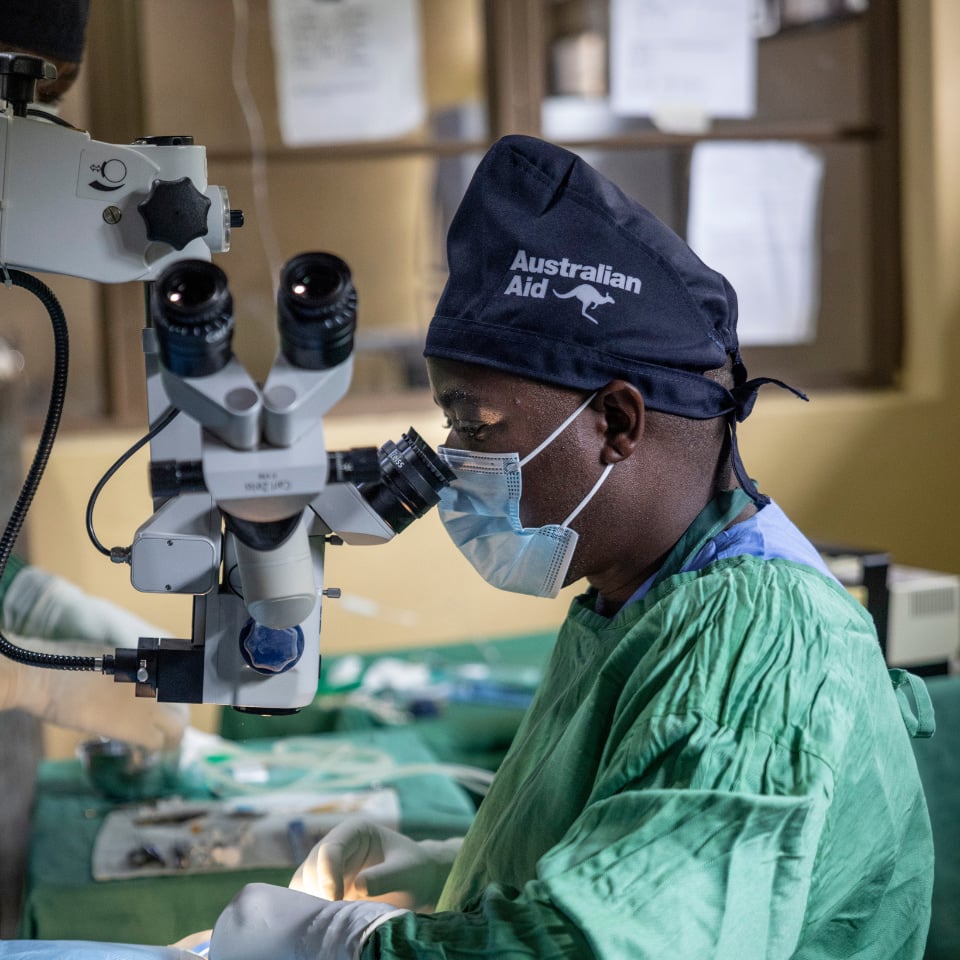Investing in eye health a $447b opportunity to end avoidable blindness

A new report released today shows that every dollar invested in eye health delivers a return of $28, providing key evidence for greater global investment in efforts to end avoidable blindness.
The Value of Vision report, released at the United Nations General Assembly in New York, places eye health alongside nutrition as one of the most cost-effective health interventions in low and middle-income countries.
The Fred Hollows Foundation – a co-author of the report with the International Agency for the Prevention of Blindness (IAPB) and the Seva Foundation – has joined calls for governments to invest $7.1 billion on eye health priorities over the next five years which would deliver $199 billion to the global economy and realise life changing-benefits including:
- 13 million extra years of schooling
- 22 million more people employed
- 2 million fewer injuries from road accidents
- 304 million people relieved of unpaid caregiving
- 320,000 extra years of life lived
- 12 million fewer people living with depression
If countries build on this work beyond 2030, fully eliminating vision impairment would unlock $447 billion every year.
The Fred Hollows Foundation Chief Executive Officer Ross Piper said the Value of Vision report was a critical moment that positioned eye health at the centre of efforts to transform the lives of millions of people.
“We know that restoring sight unlocks people’s potential to succeed at school, generate income, participate in the community and to live longer and more independent lives,” Mr Piper said.
“This new evidence shows us that affordable eye health interventions are key in preventing deaths and injury caused by road accidents, reducing the number of people living with depression, and allowing family members acting as carers to return to work.
“More than 90 percent of vision loss is preventable or treatable. Interventions to restore sight are simple and within reach but we need more investment to unlock these resources.
“Expanding community eye-screening, increasing access to glasses, expanding the eye health workforce and addressing barriers like cost and transport are the keys to success.
“By investing now, governments, donors and the philanthropic sector can help us make significant inroads into ending avoidable blindness.”
Related articles

The eye doctor helping communities see again in Laos

Taking eye care to potters in Bangladesh

